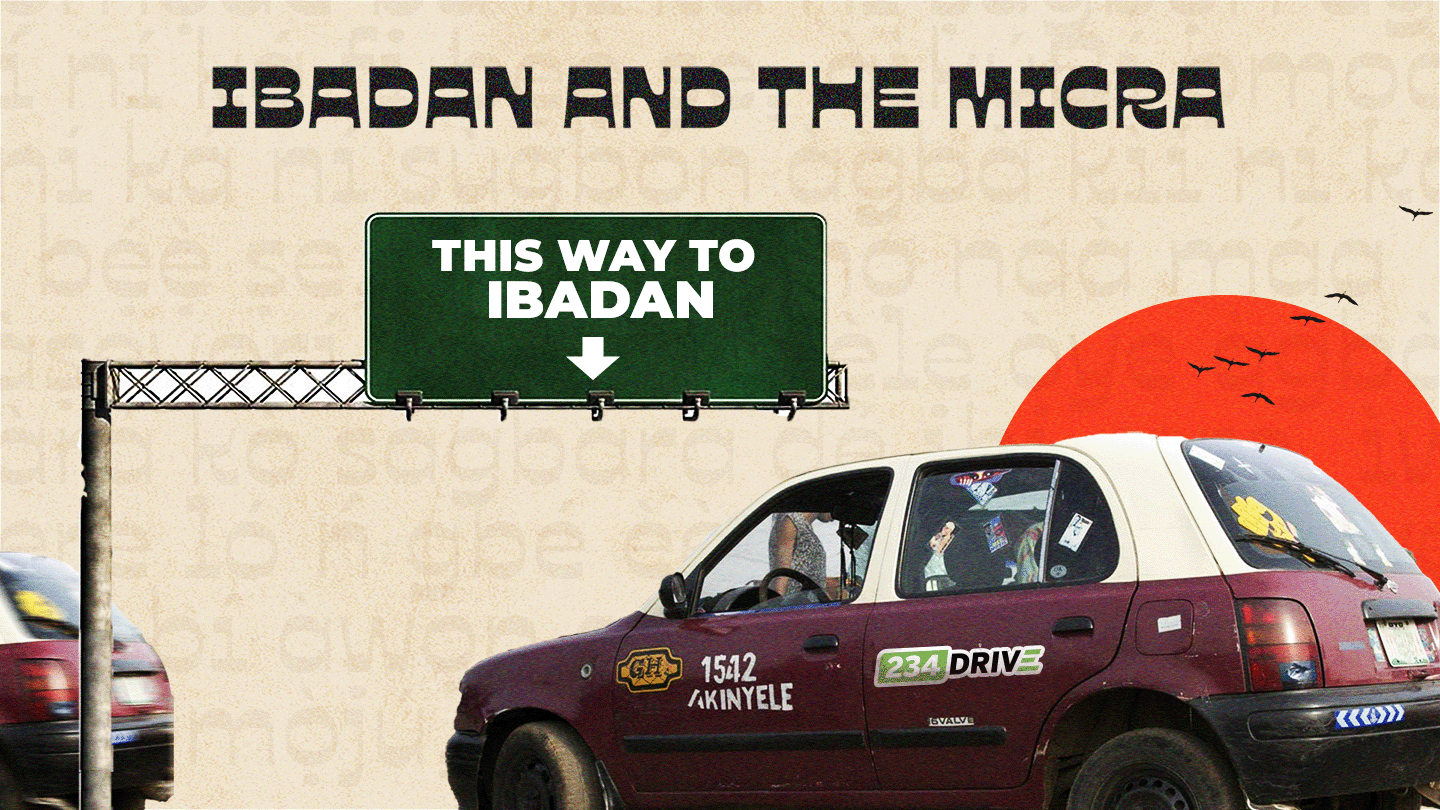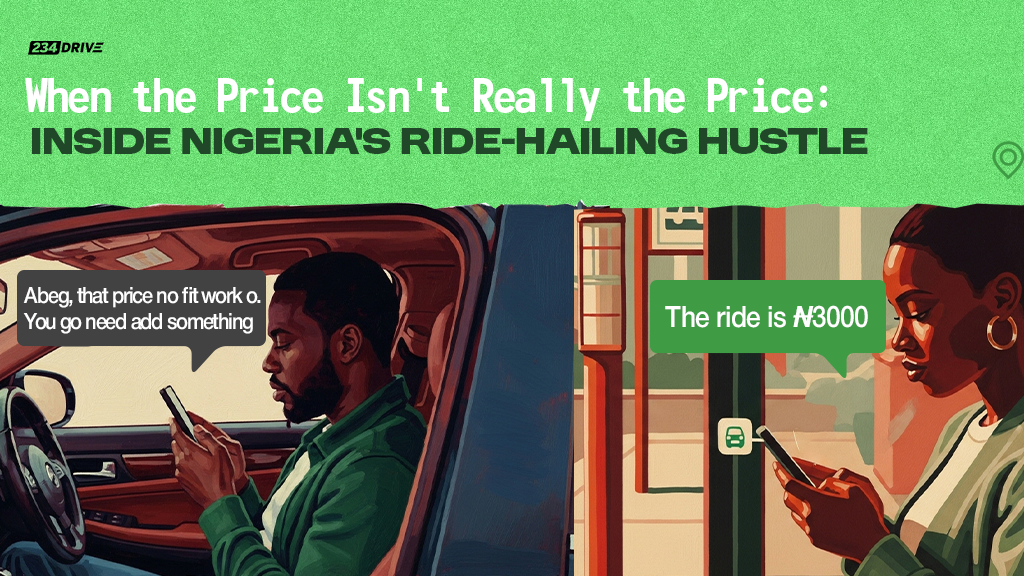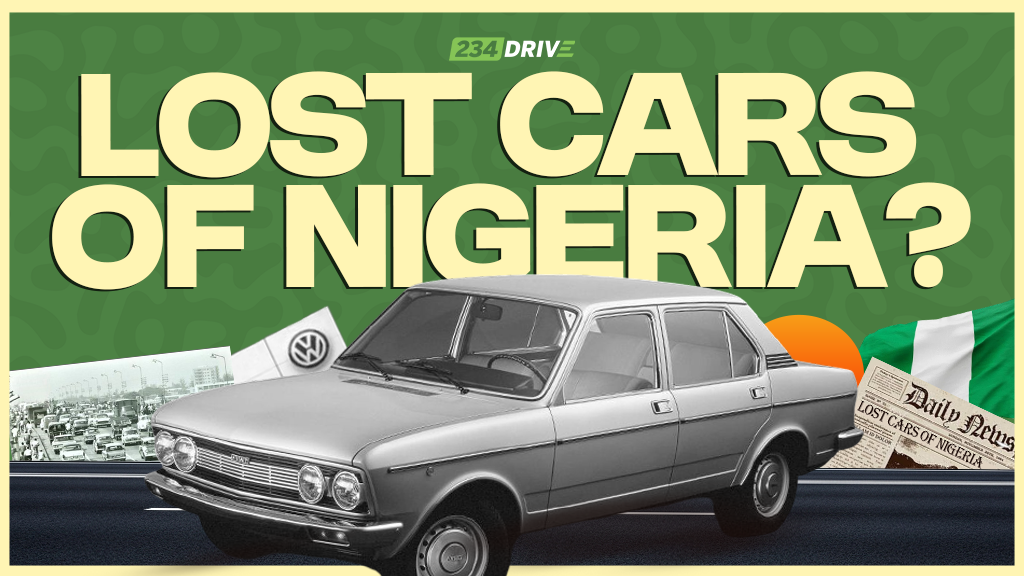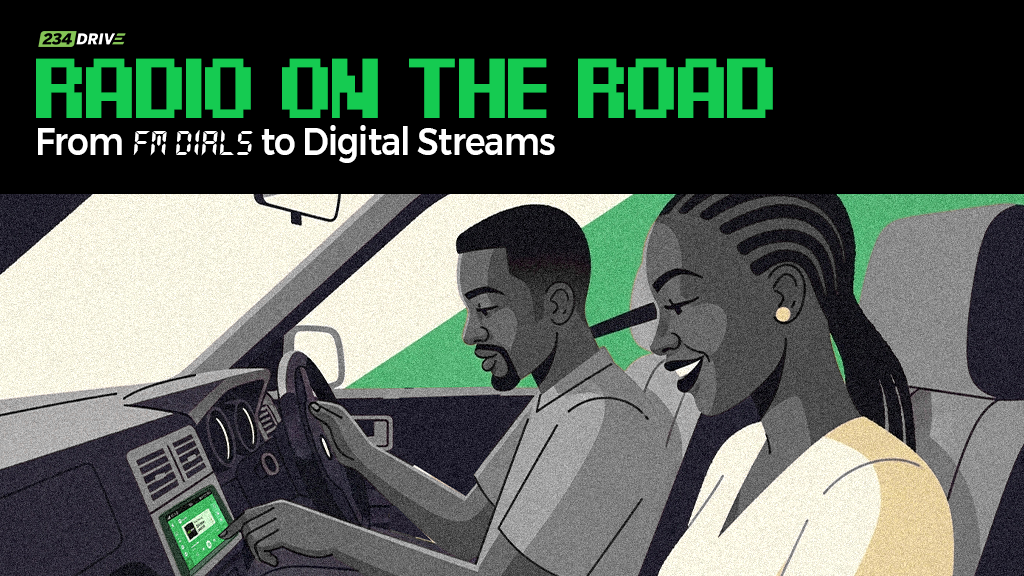Ibadan, a city where the essence of the Yoruba people is not just remembered but celebrated in every aspect of daily life. If you ever find yourself in this vibrant metropolis, you’ll notice more than just the iconic brown rooftops and the omnipresent Yoruba tongue; the ubiquitous Micra cabs will also leave an impression. These unassuming vehicles have woven themselves into the very fabric of Ibadan’s identity, turning every corner and filling every crevice with their unmistakable presence. Like the Yoruba language itself, the Micra has become an integral part of the city’s character, a modern symbol intertwined with ancient traditions. But how did this humble car become the heartbeat of the city?

In the beginning…
The answer lies in the Micra’s humble origins and its unexpected journey to prominence. This mid-priced student vehicle from Europe found its way into Oyo State and, against all odds, succeeded in becoming the unofficial taxi of choice. The Micra’s spotlight moment came in the early 2000s, born out of necessity and economic practicality. Regular bus drivers struggled to find conductors and were forced to take on both roles, which significantly reduced their earnings. Meanwhile, their peers with Micra cabs were making substantially more money. For instance, after a day’s work, a bus driver might earn 2,000 naira, while a Micra driver could pocket 4,000 naira—double the income.
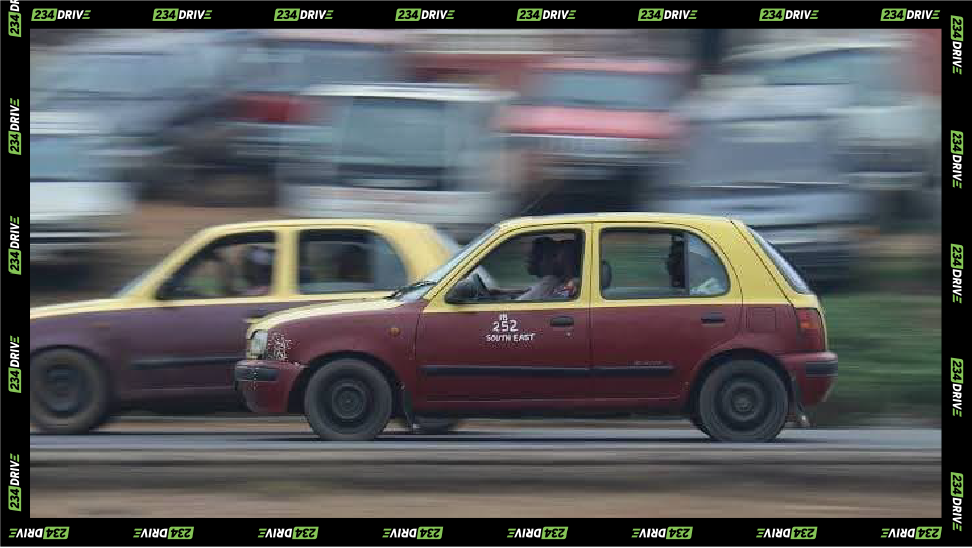
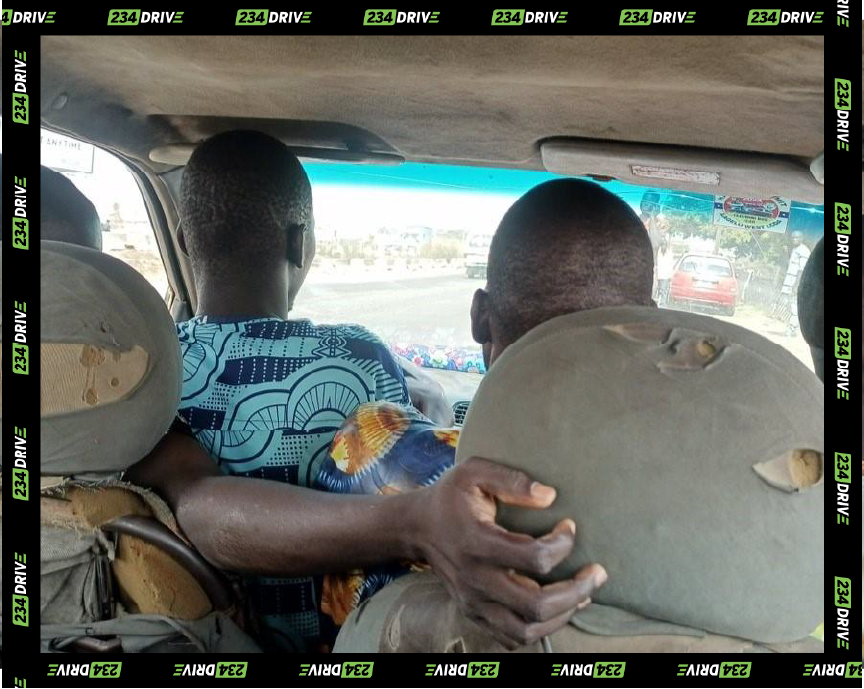
The Micra’s appeal wasn’t just in its earning potential. The car proved to be easy to maintain and fuel-efficient, making it an attractive option for drivers looking to maximise their profits. These advantages led many bus drivers to join the growing ranks of Micra operators. The car’s popularity surged, with many being leased out on hire-purchase agreements. Gradually, the Micra transformed from a foreign import to the de facto “official” taxi of Oyo State, to the point where the streets of Ibadan are now overflowing with these nimble vehicles.

Just as the yellow danfo buses are synonymous with Lagos, the Micra has become the iconic symbol of Ibadan’s public transportation. Painted in a distinctive yellow and wine, the Nissan Micra K11 may be small in size, but in the hands of an experienced Ibadan driver often clad in a traditional kaftan, it becomes an arsenal for battle.
The Micra ride experience is truly one of a kind, a quintessential part of Ibadan’s charm. In fact, if you ever visit Ibadan and don’t board a Micra cab, your trip would be incomplete. It’s a form of local tourism in itself, as essential to the Ibadan experience as trying the city’s famous Amala or visiting the historic Mapo Hall. Riding in a Micra is not just a means of transport; it’s an adventure!
As you embark on your Micra adventure, make sure to snag the front seat for the full experience. Yes, you’ll be squeezed in skin-to-skin with another passenger, but it’s worth the discomfort for the unfolding drama. On a typical day, these cabs carry six passengers—three in the back and three up front. But some drivers, in a feat of sheer madness, manage to squeeze seven or eight people into this tiny vehicle. If you’re lucky, everyone will be of small stature
Should you find yourself in one of these packed rides, heed this advice: avoid sitting near the door. The driver’s erratic swerves might send you flying, so hold on tight! Also it’s an anomaly to spot a Micra in a neat condition—it’s as if the drivers are allergic to car washes. And here’s a pro tip: leave your crisp white shirt at home. By the end of the ride, it’s bound to turn a shade of Ibadan brown.
The Micra experience doesn’t end with cramped seating and questionable cleanliness. In fact, that’s just the beginning. If the “Fast and Furious” franchise ever decides to film in Nigeria, they’d be remiss not to feature Ibadan’s Micra drivers. These urban daredevils could give professional racers a run for their money, with Iwo Road serving as their unofficial F1 track.
Many Micra drivers have a unique career trajectory: from motorcycle riders to tricycle operators, and finally, to the coveted position behind the wheel of a Micra. But beware: if you’re in Ibadan, think twice before boarding a Micra from Challenge to Iwo Road. It’s an experience that might leave you in tears!
Watch in awe as these pint-sized cars compete with massive Dangote trucks, swerving and drifting without provocation to avoid potholes. Marvel at their attempts to squeeze through spaces clearly too small for their vehicles, all while passengers scream for dear life in the background. Dare to complain about their speed, and you’ll be treated to a barrage of curses, delivered in a polite way yet with spite: “O ma ya were”, “o ma shoribu” (You will run mad, you will die young). Or they might sarcastically suggest that you “press the brake from your side.”
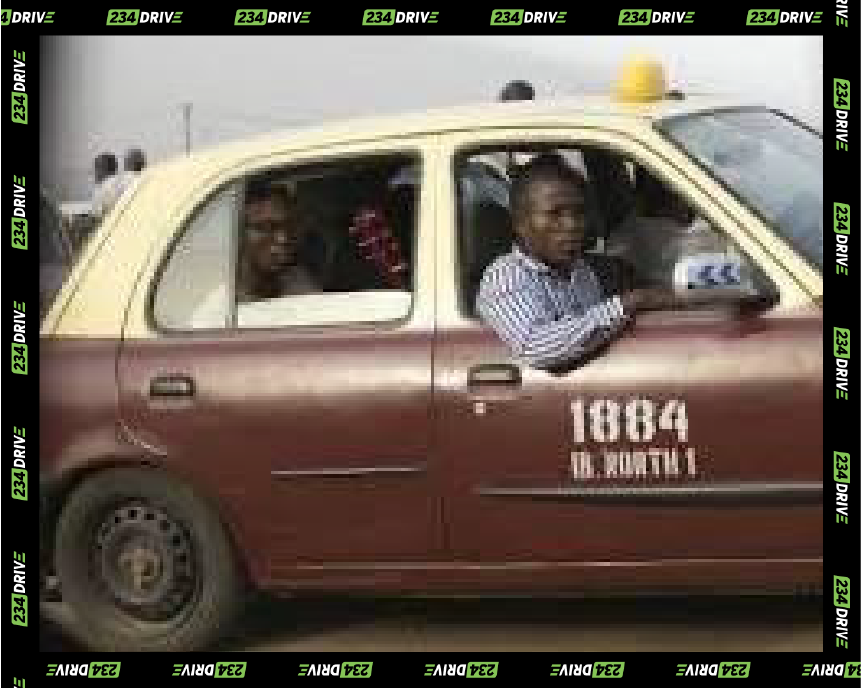
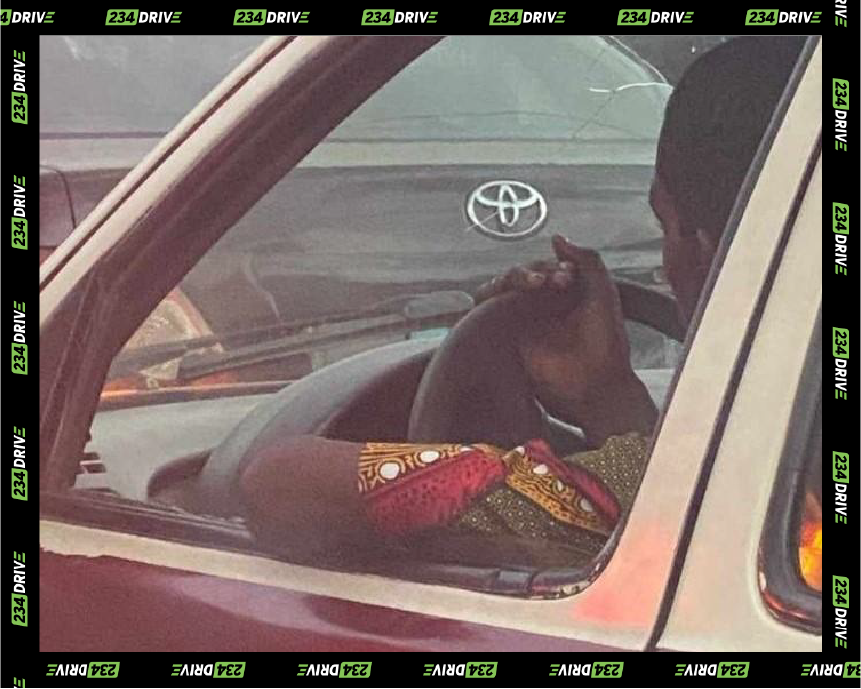
If curses were instantly effective, Ibadan’s roads would be empty. These drivers spew profanities like salutations, their aggressive driving style a seeming necessity in a cutthroat business environment. They battle traffic enforcers, unions, and councils that eat into their profits, believing that without this hard-nosed approach, they’d make no money at all. This aggressive demeanour is a learned behaviour, a survival mechanism in the tough world of Ibadan’s public transport. After enduring slaps and bullying on the road, these drivers quickly adopt the hardened character needed to thrive in their profession.
As you continue your Micra adventure in Ibadan, you’ll quickly discover that the experience goes far beyond just the wild driving. Welcome back to Ibadan, where Micra drivers still refuse to accept money from your left hand—a cultural belief that persists even in this modern time. You’ll hear their characteristic shout, “Wole pelu change o!” (Enter with change!), and heaven help you if you board without small denominations. These drivers have no patience for time-wasters. They might aggressively curse at you or even throw your 1000 naira note back in frustration, letting you go rather than waste time making change.
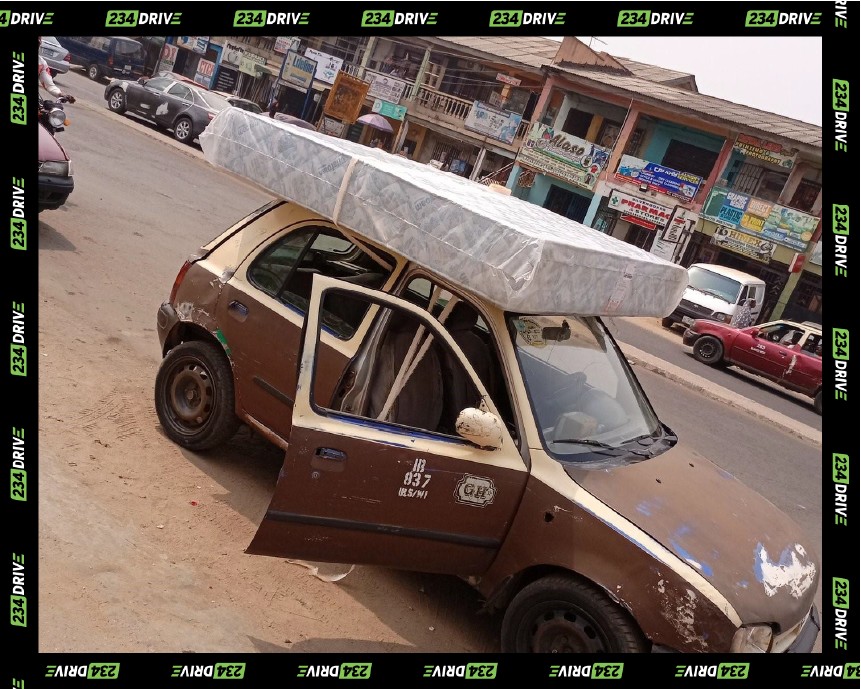
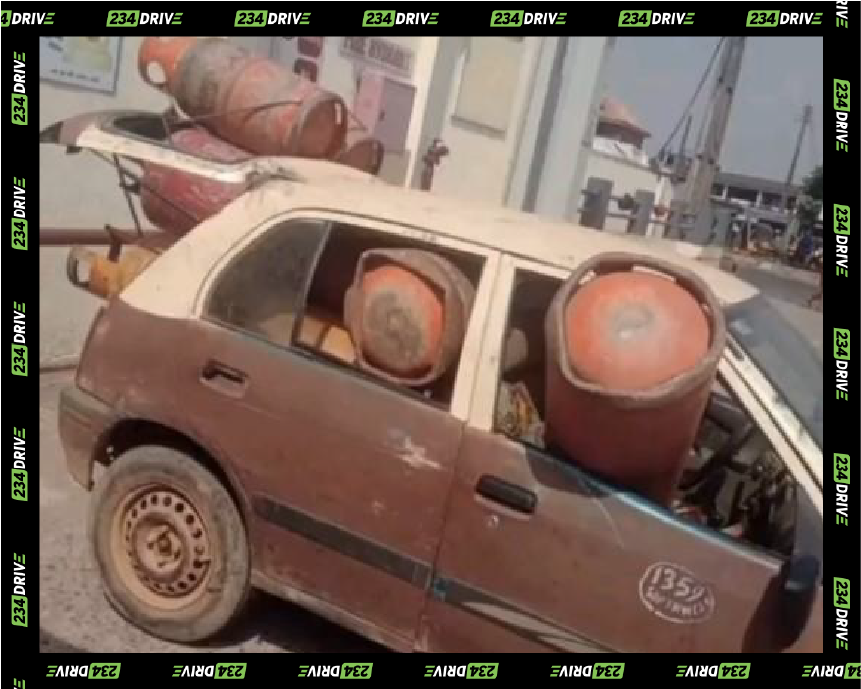
But the true charm of Ibadan Micras lies in their versatility. These cabs transform into impromptu pickup trucks, defying physics as they transport items twice their size. You’ll see ropes straining to keep oversized loads from tumbling off, turning these tiny vehicles into mobile mountains of cargo. Who needs a truck with a large bed when you have a Micra? And let’s not forget the passengers themselves. Ibadan folk board with all manner of food and livestock. One day, you might find yourself sharing a ride with someone cradling a live goat.
While the Micra experience may seem like an exciting adventure, there’s a sobering reality beneath the surface. These drivers, in their quest for survival and profit, are often toying with people’s lives. Rampant accidents due to over speeding and overloading have cast a shadow over the Micra’s reputation, making many dread boarding these cabs. The once-beloved yellow and wine chariots are now approached with caution. In many Ibadan homes, a new mantra has emerged: “E ma wo micra o! O da bo” (Don’t enter a Micra! Come back safely). This warning has become as common as a farewell, reflecting the growing concern for passenger safety.

The Micra continues to navigate the road, carrying not just passengers but the essence of the city itself. Imagine Ibadan without the Micra—it’s hard to picture. Yet, as the city evolves, so must its modes of transport. Its journey from an imported vehicle to the heartbeat of Ibadan’s streets mirrors the city’s own growth. While safety concerns cloud its future, the Micra remains a central part of Ibadan’s identity. Whether it continues to dominate the roads or fades into memory, the yellow and wine Micra has already secured a leaf in the city’s history book.


